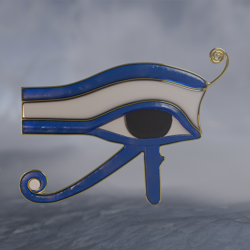I have completed work on the implementation of dynamic 3D pathfinding in a complex 3D space. This code is an evolution of a concept I developed for 2D space.
As I wrote in the comment to the video, this is a pure 3d navigation solution, no projections or 2d layers.
In navigation problems in 3D space, one of the obstacles is the space itself, namely the set of empty areas (cells in the case of a map). One of the applied options for solving this problem is to cover obstacles with a navigation mesh, and calculate routes in such meshes. My wayfinding solution can work both in this mode and grind navigation head-on.
Enjoy the video and I will be glad to questions and comments.





